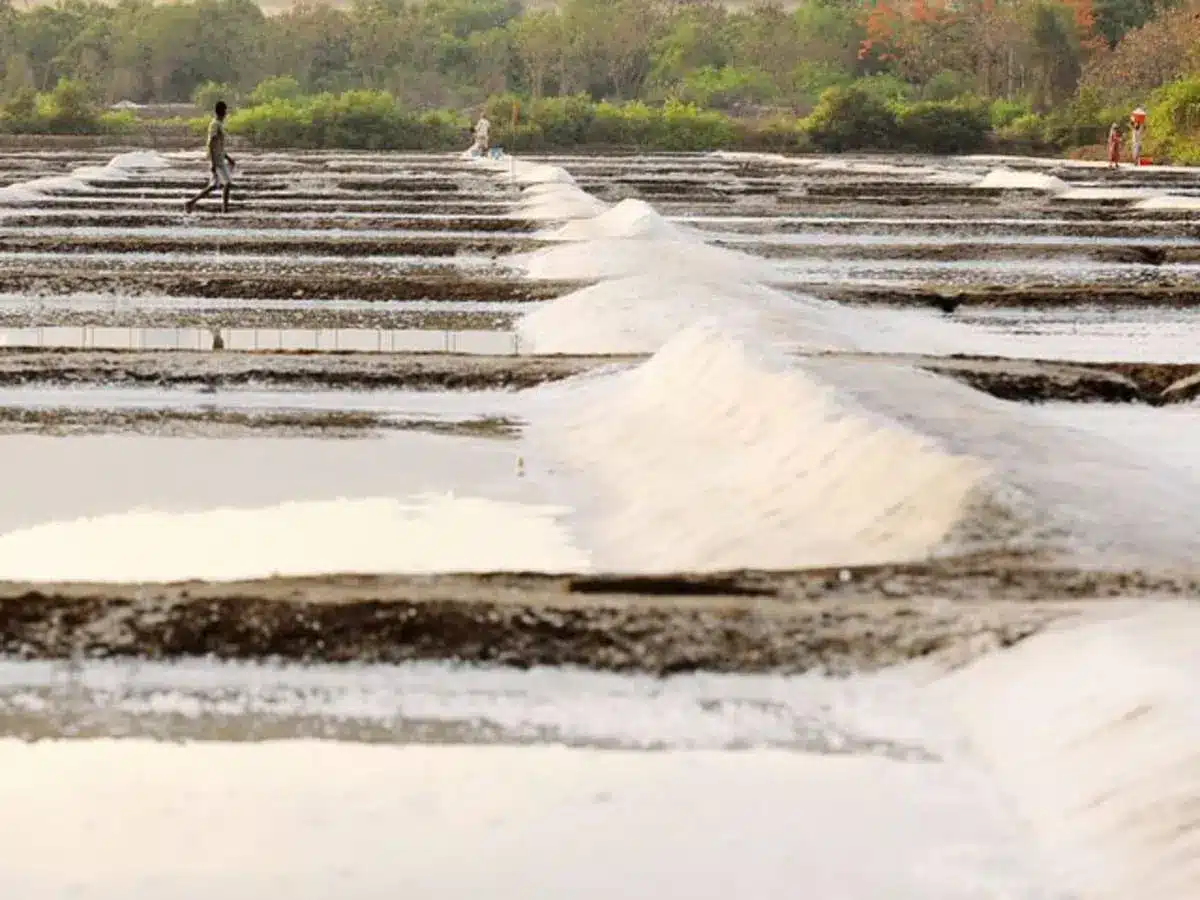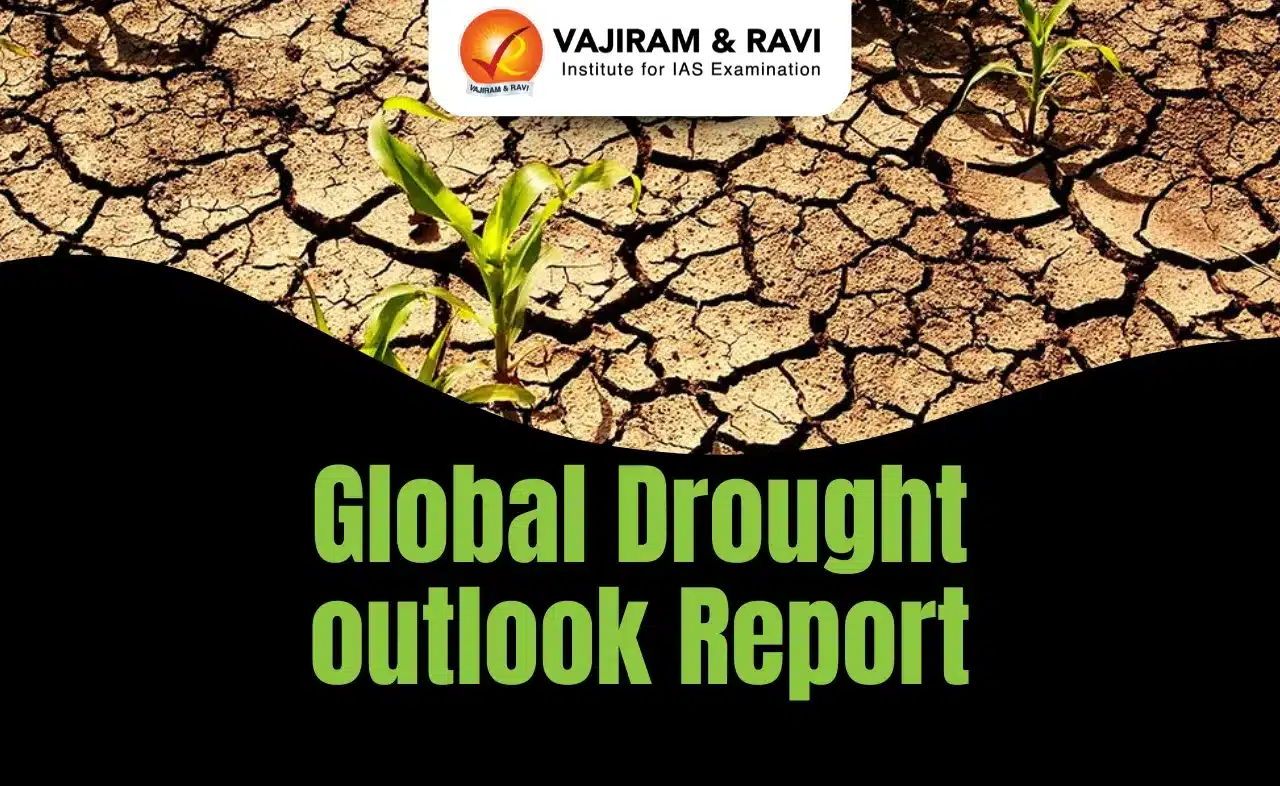About Salt Pan lands:
- These are parcels of low-lying lands where seawater flows in at certain times, and leaves behind salt and other minerals.
- This ecosystem is instrumental in protecting the city from flooding.
- According to the Coastal Regulation Zone (CRZ) notification of 2011, the ecologically sensitive salt pans fall under CRZ-1B category, where no economic activity is allowed with the exception of salt extraction and natural gas exploration.
- Nationally, some 60,000 acres have been demarcated as salt pan lands, spread across Maharashtra, Andhra Pradesh, Tamil Nadu, Odisha, Gujarat, and Karnataka.
- Andhra Pradesh (20,716 acres) boasts the largest expanse of such land, followed by Tamil Nadu (17,095 acres) and Maharashtra (12,662 acres).
- Ecological Significance: Salt pans, which, along with the mangroves, stop the city from flooding, also host various species of birds and insects.
What are Coastal Regulation Zones?
- The coastal land up to 500m from the High Tide Line (HTL) and a stage of 100m along banks of creeks, estuaries, backwater and rivers subject to tidal fluctuations, is called the Coastal Regulation Zone.
Q1: What is an Exclusive Economic Zone (EEZ)?
Exclusive Economic Zone (EEZ) is defined under the United Nations Convention on the Law of the Sea (UNCLOS) as an area of the ocean extending up to 200 nautical miles (370 km) immediately offshore from a country’s land coast in which that country retains exclusive rights to the exploration and exploitation of natural resources.
Source: Controversy over Mumbai’s salt pans: why do these lands matter?
Last updated on June, 2025
→ UPSC Notification 2025 was released on 22nd January 2025.
→ UPSC Prelims Result 2025 is out now for the CSE held on 25 May 2025.
→ UPSC Prelims Question Paper 2025 and Unofficial Prelims Answer Key 2025 are available now.
→ UPSC Calendar 2026 is released on 15th May, 2025.
→ The UPSC Vacancy 2025 were released 1129, out of which 979 were for UPSC CSE and remaining 150 are for UPSC IFoS.
→ UPSC Mains 2025 will be conducted on 22nd August 2025.
→ UPSC Prelims 2026 will be conducted on 24th May, 2026 & UPSC Mains 2026 will be conducted on 21st August 2026.
→ The UPSC Selection Process is of 3 stages-Prelims, Mains and Interview.
→ UPSC Result 2024 is released with latest UPSC Marksheet 2024. Check Now!
→ UPSC Toppers List 2024 is released now. Shakti Dubey is UPSC AIR 1 2024 Topper.
→ Also check Best IAS Coaching in Delhi
























